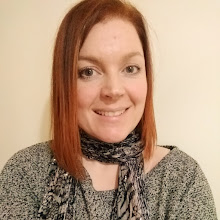This week has been the busiest week I’ve had whilst
working for Cabot, especially with Philippa Bayley and Paul Bates out of the
office on business. Their business this
week has been visiting the Disaster Prevention Research Institution (DPRI) in
Kyoto, Japan. The DPRI, with Cabot, are
holding a joint workshop called ‘Probabilistic Hazard Risk Assessment
and Beyond’.
Those involved from Cabot
are:
The workshop themes revolve around several key areas:
- climate change impacts
- decision-making and disaster risk reduction under uncertainty
- new mathematics and models, defining and using worst case scenarios, interconnected hazards
- human and social dimensions of a disaster.
This should be a great relationship building event and also a fantastic
opportunity to exchange interdisciplinary knowledge on issues that are very important
to our world today.
Meanwhile, back in the office I have been completing the organisation of
the Volcanoes and Society event to be held on 29 May at M Shed. Name badges…done. Hotels and catering…booked. Press release… checked. Flyers… printed. Finances…sorted. Phew!
Next week....
- The External Advisory Board
- What happened in Japan

